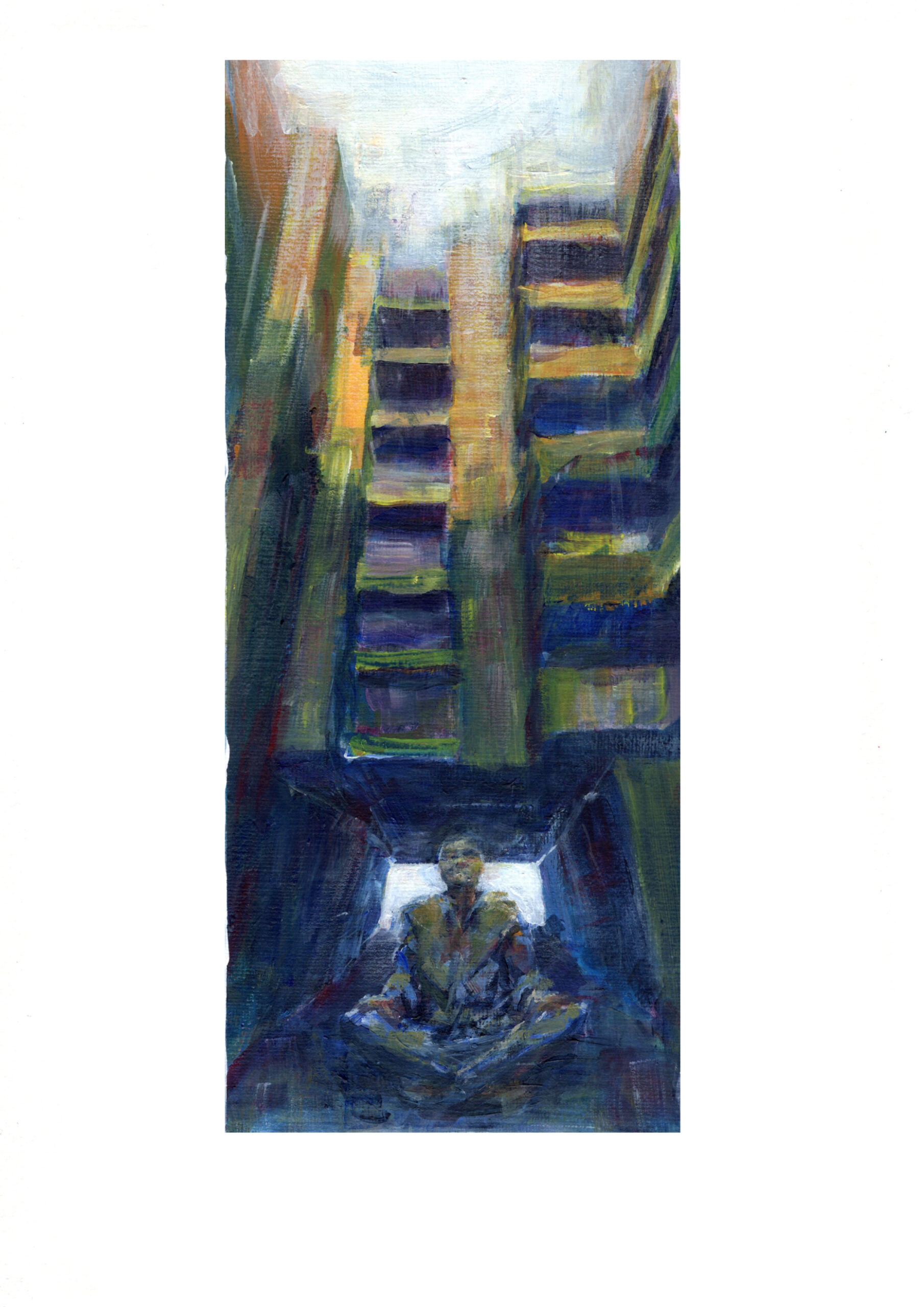
HEADSPACE, THE PSYCHOLOGY OF CITY LIVING (Book Review)
The book is all about environmental and architectural psychology – the psychological effects of the built environment. It discusses on how design and space planning affect socialization, productivity and feeling of security. The book dives into the psychology from an observer level – to a facade: a personal level – to his/her living space: a home owner – to the nearby street: a resident – to his/her community: an employee – to his/her workplace: a child – to the play/study area: and even from a patient – to the healing space.
The book discusses on how simple design elements (such as color and light) in our homes contribute to our overall comfort and referenced studies that back up this idea. Paul Keedwell emphasizes the importance of integrating nature within a living space: with multiple studies that not only reinforces the well-known benefits of green and blue spaces but also introduces on new ones. He also debunks myths and uncovers the truth about the limits of our adaptability to city living. He goes into details into the mystery on what we find attractive in a building.
Though the book covers some building types and uses, it mainly focused on residential buildings; thus, having topics regarding on what makes a house, a home – how design brings sentimentality and identity to the owners and collectively makes a culture and promotes social wellbeing. (Again, with reference studies) Even time can’t make tenants emotionally attached to their rented living space. With multiple instances on where identity was correlated to a home, it will lead the reader to conclude its is vital role in defining what a home is.
Also, other than just the static objects in the environment, the author also explains on how occupancy density plays a role in the behavior of the tenants; how carefully planned layouts can foster a community within buildings with multiple residences. With proper study in personal spaces, designers will be able to positively influence behavior of the tenants.
The author reiterates that the architects and planner should not dictate how the people should live. He is critical with high-rise city living and promotes architecture and interior design that caters to the wellbeing and self-expression of the end-user.
Throughout the chapters, the book stands on what it states on its introduction that Architecture should not be about the ego of its architects but more on what the community or the client needs. But I couldn’t totally agree with this one. For some cases, an unconventional and standout design is necessary even if its main purpose is to boost the ego of the architect, as tourism comes along with it. Also, in order to progress, architecture at times should be experimental; but it can also be applied on temporary structures – so as to lessen its negative impact. I feel like museums could benefit from untraditional and experimental designs to offer people a different experience not present elsewhere.
The thing I love about the book is that, the use of words and terminology can easily be understood – that its faster to read. One of the recurring themes that stood out to me in this book is “Sense of ownership in the community”. The book gives ideas on how this could be cultivated through planning, zoning and design.
The book says about psychology of city living but the book doesn’t discuss the city living as a whole, It divides its content on seven parts, and the discussion is on how this particular architecture can be developed into a better design, focusing mainly on the aesthetics and functionality of a residential building. It doesn’t include the proximity and the transport or how the city ambience affects an individual. This is not an urban planning book it mainly on park designs, architecture and interior design. It does have a summary on what an ideal city should be and how it should look like; but doesn’t take you to the actual process on getting there nor cite examples on proper city planning – as it is more complicated than subdivisions/neighborhood.
The book is a good introduction for architecture students on the morality of design and planning. It introduces concepts backed by experiments on what people gain from architecture.

A remake of the book cover, inspired the title’s wordplay on the word headspace – I believe other than its literal meaning it also is a wordplay on the low ceiling height of modern city apartments which was also mentioned in the book
